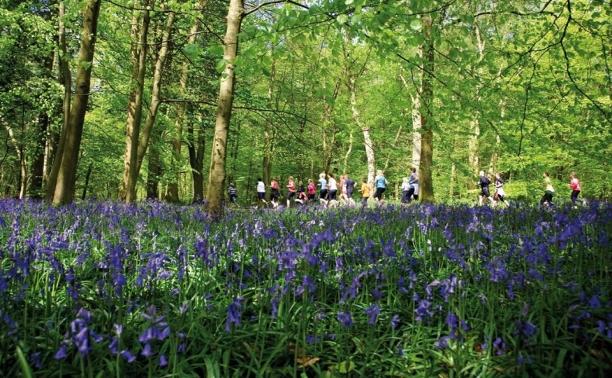
Whippendell Wood, a Site of Special Scientific Interest (SSSI), is set to undergo proactive works by the council to help tackle the notable effects of Ash Dieback disease in certain areas...
Situated near Cassiobury Park, Whippendell Wood boasts a rich variety of species throughout the open space. Nevertheless, certain sections within the wood are predominantly inhabited by Ash trees. Unfortunately, in these areas the wood has encountered a rapid spread of the disease, leading to the demise of 50-to-100% of the ash tree canopy.
The extensive network of pathways near these impacted trees raising concern regarding health and safety due to the trees becoming highly brittle from the disease. This issue is especially heightened at the furthest western edge of the wood, where it's noticeable that a path runs close to nearly every Ash tree. This emphasises the pressing need to promptly deal with the situation
In collaboration with forestry experts from Maydencroft Rural, the council will conduct clear felling in Ash-dominated areas. A harvester, equipped with a mechanical arm, will be used to efficiently fell trees by grabbing trunks, slicing bases, removing branches, and stacking logs. Temporary closures of some paths will occur during this process but will be minimised wherever possible. Visitors are asked to adhere to path closures and follow designated diversions.
While the affected areas might temporarily seem unsightly, the increased light reaching the woodland floor will promote the growth of new trees and woodland plants from the current seed bank. This will guarantee that the future tree stock originates locally. The regenerating areas will also create sunny habitats for butterflies and other wildlife to flourish, consequently becoming a food source for birds.
The Woodland Trust also carried out similar tasks in the adjacent wood along Rousebarn Lane last year, but further actions are still necessary in Watford due to the severe impact of the disease on the Ash tree population. Not all Ash trees will be removed; they will be preserved in woodland sections where they pose no risk of falling onto paths or properties. In these areas, the standing dead wood serves as a habitat for invertebrates, bats, and owls.

Cllr Tim Williams, Portfolio Holder for Streets and Parks, said: “The council’s commitment to preserving Whippendell Wood's 'favourable condition' status, underscores the significance of this undertaking and maintaining the ecological value of this cherished woodland area.”
The works - scheduled for January and February - are supported by the Forestry Commission and Natural England, the conservation agencies responsible for monitoring the condition of woodland SSSIs. It will help ensure the long-term sustainability and preservation of Whippendell Wood.
